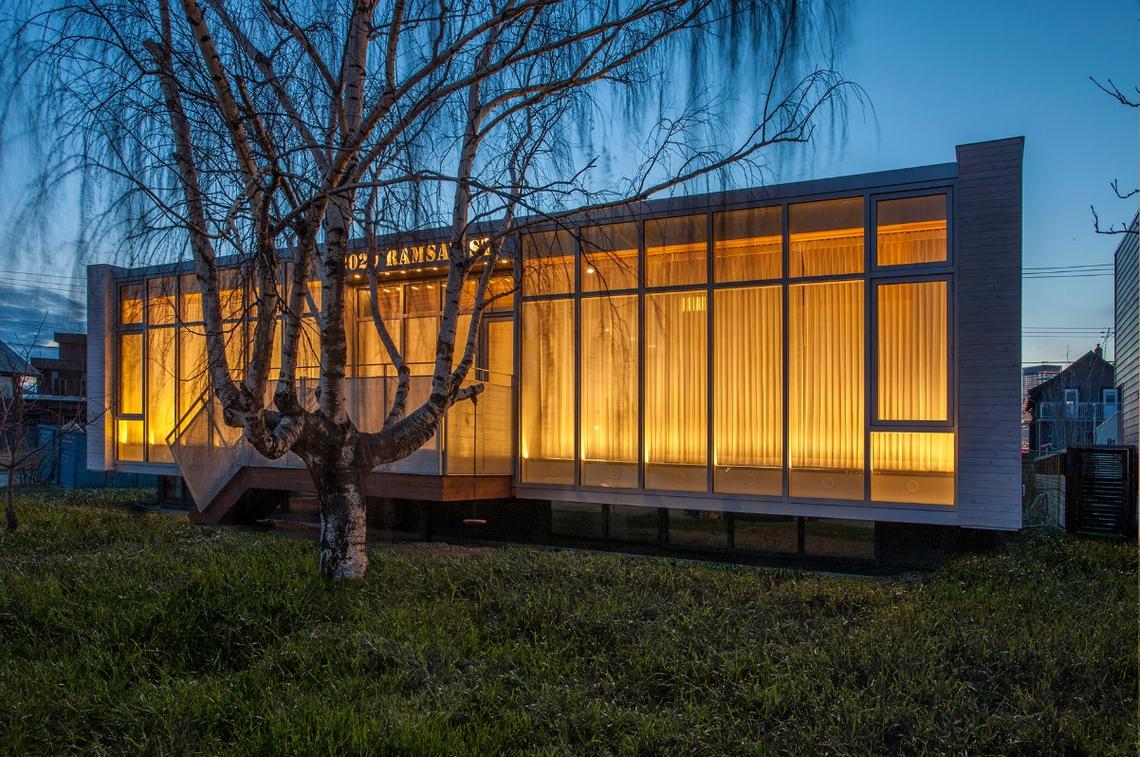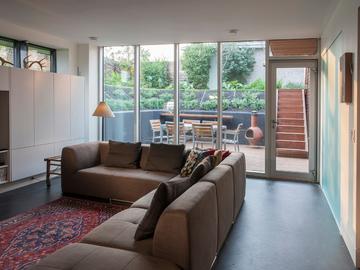May 21, 2020
As you navigate COVID-19, imagine working from home by design


The Ramsay Residence is designed to evolve with the family’s needs.
Photo courtesy Marc Boutin
Whether a takeover of the dining room table or an isolated retreat in a corner of the basement, landing on the ideal home-work space can be an elusive goal.
Due to COVID-19, upwards of 40 per cent of Canada’s overall workforce is toiling from home; that’s nearly five million more people than usual suddenly faced with working in cramped or otherwise awkward home-work environments. As many people have discovered, an evening on the sofa with your laptop once in a while is a far cry from 40 or more hours per week of deadlines and videoconferencing taking place alongside homeschooling, cooking and other necessary distractions.
Shifting expectations of home design
Professionally, ergonomically and philosophically speaking, this new world begs all sorts of questions about how our homes are, or more often are not, designed for career success. There’s the moment you realize it might be weird for your boss to see your headboard as a backdrop on a Zoom call (it probably is) or the anxious hope that your cats will stop fighting long enough for you to host a staff meeting (they won’t).
No matter the size of our homes, creating space that allows us to do our best work day after day can be tricky; with reports that more and more companies are taking a fresh look at work-from-home as a viable long-term option, expectations around home design may shift.
Marc Boutin is an associate professor in the School of Architecture, Planning and Landscape at the University of Calgary. He also heads up his own design firm, The Marc Boutin Architectural Collaborative Inc., for which he often works from home. He believes a different approach to home design may take hold as we begin to demand more from our living quarters.
Embrace a work/home-life fusion
“I think dealing with COVID has sparked a renewed interest in, and need for, how our domestic space can be stretched to be so many things,” says Boutin, who designed his own house in Ramsay. “Many people may start to embrace a work/home-life fusion,” says Boutin.
We’ll need more generosity from our homes, more plurality, to do the tasks we need to do and to enjoy the space.
And by generosity, Boutin doesn’t mean more space. Rather, his teaching and design philosophy is rooted in Japanese and European models of flexibility in smaller spaces.
“The density of neighbourhoods in parts of Europe and Japan calls for more thoughtfulness around how rooms are used,” he says. “Spaces can double as something else — sliding panel doors, for instance, can take a room from public to private.”
Boutin’s own home includes such “hinged spaces” that transform higher-traffic areas into a sanctuary in an instant. A room on the main level is designed with a wall that slides back to open it up to the foyer when Boutin occasionally needs to open the house up to clients.
That panel allows me privacy but also allows me to feel connected to the house and to my family.
In addition to potentially influencing design, COVID times have sparked new discussion between Boutin and his students. “One of the great attractions of a design education is it's collaborative nature, where we engage in informed discussions around social, cultural, and ecological issues that frame new and innovative contributions to making the world a better place,” he says.
“In this way, our emergent perspectives on this pandemic and how it will evolve our domestic spaces grow out of conversations with students as they cope in small apartments.” Spaces that, in future, might offer occupants more than room to cope, but to thrive in both ordinary and extraordinary circumstances.
UCalgary resources on COVID-19
For the most up-to-date information about the University of Calgary's response to the spread of COVID-19, visit the UCalgary COVID-19 Response website.









